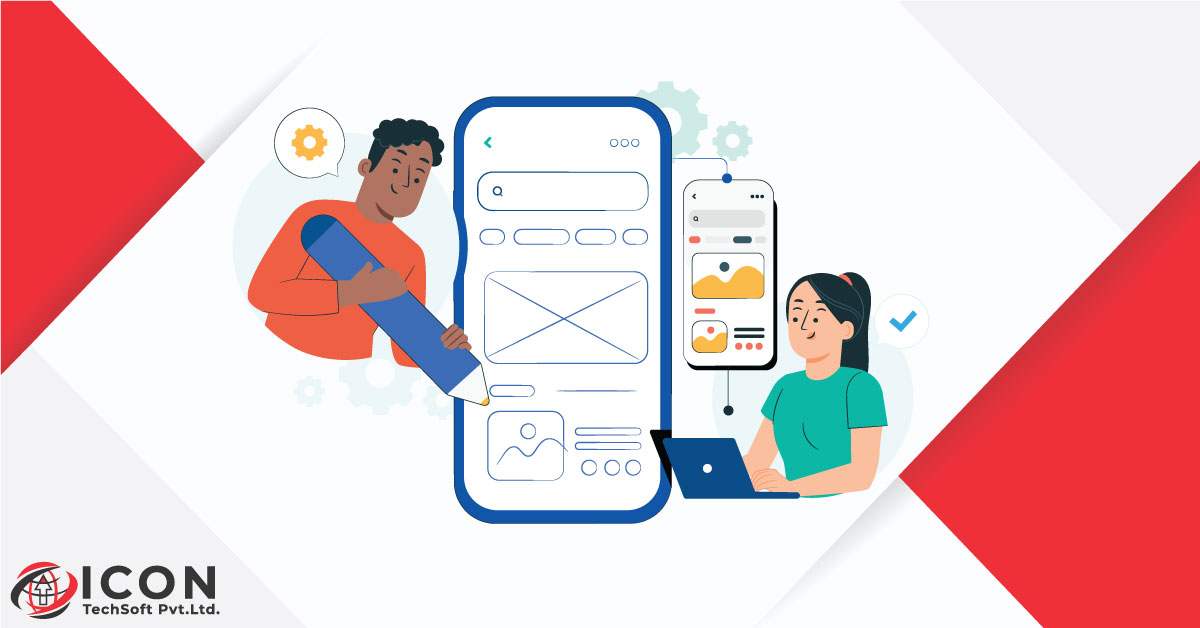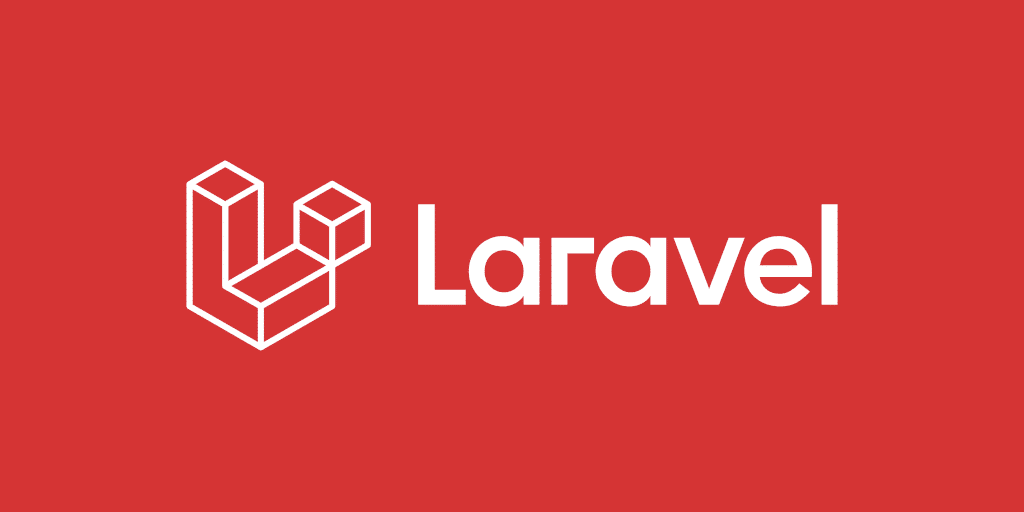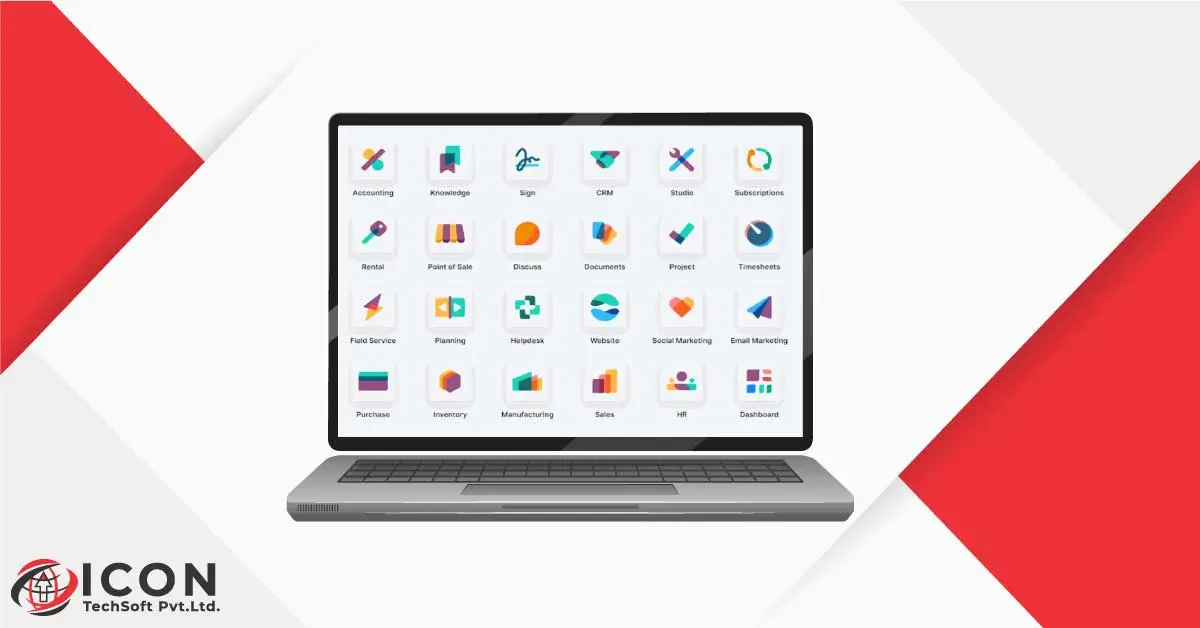Understanding the Latest Trends in Web Development for 2025

The world of web development is constantly evolving, and staying ahead of the curve is crucial for businesses and developers alike. With new technologies emerging and user expectations shifting, it's essential to keep up with the latest trends in web development. In 2025, we can expect several innovations to shape how websites and applications are built, ensuring better performance, security, and user experience.
Let’s dive into the key trends that will define web development in the coming year.
1. AI-Powered Web Development
Artificial Intelligence (AI) is transforming industries, and web development is no exception. AI-driven tools are helping developers create smarter websites with enhanced automation, personalized user experiences, and advanced analytics.
How AI is Changing Web Development:
- AI-Powered Chatbots & Virtual Assistants: More businesses are integrating AI chatbots to provide instant support, improving customer engagement.
- Automated Code Generation: AI tools like GitHub Copilot assist developers by suggesting code, reducing development time.
- Personalized Content Delivery: Websites can now use AI to analyze user behavior and display relevant content dynamically.
What to Expect in 2025?
As AI technology advances, we’ll see more no-code and low-code development platforms making it easier for businesses to build websites without extensive coding knowledge.
2. Progressive Web Apps (PWAs) Continue to Rise
Progressive Web Apps (PWAs) combine the best of websites and mobile apps, offering a fast, reliable, and engaging user experience. They are gaining popularity because they work seamlessly across different devices without requiring app store downloads.
Benefits of PWAs:
- Faster Load Times: PWAs use caching to improve performance.
- Offline Access: Users can access content even without an internet connection.
- Improved Engagement: Features like push notifications enhance user interaction.
Industries Adopting PWAs:
- E-commerce platforms
- News websites
- Social media applications
With Google and other tech giants pushing for better mobile experiences, PWAs will become the standard for businesses looking to improve their web presence.
3. Voice Search Optimization
Voice search is no longer a futuristic concept—it’s already a major player in online search behavior. With smart assistants like Alexa, Google Assistant, and Siri becoming widely used, optimizing websites for voice search is essential.
How to Optimize for Voice Search:
- Use Conversational Keywords: People search differently when speaking versus typing. Focus on natural, question-based queries.
- Optimize for Featured Snippets: Many voice searches pull information from featured snippets on Google.
- Improve Page Load Speed: Faster websites rank better in voice search results.
By 2025, businesses that prioritize voice search optimization will have a competitive advantage in search engine rankings.
4. Motion UI for Engaging User Experiences
User experience (UX) is more important than ever, and Motion UI is revolutionizing how users interact with websites. Subtle animations, micro-interactions, and dynamic elements create a more immersive experience.
Why Motion UI Matters:
- Increases User Engagement: Interactive elements keep users on the site longer.
- Enhances Navigation: Animations guide users through the website seamlessly.
- Adds a Modern Aesthetic: Motion effects make websites visually appealing.
Popular Motion UI Trends:
- Scroll-triggered animations
- Hover effects
- Loading animations
With users expecting smooth and visually engaging interfaces, Motion UI is a trend every web developer should embrace.
5. Web 3.0 and Decentralized Applications (DApps)
Web 3.0 is reshaping how data is stored and accessed online. Unlike traditional websites that rely on centralized servers, Web 3.0 applications are built on blockchain technology, ensuring greater transparency and security.
Key Features of Web 3.0:
- Decentralization: Data is distributed across a blockchain network rather than stored in a single location.
- Enhanced Privacy: Users have more control over their data.
- Smart Contracts: Automate transactions without intermediaries.
Industries Leveraging Web 3.0:
- Finance (DeFi)
- Healthcare
- Digital identity management
As blockchain adoption grows, expect more businesses to integrate Web 3.0 solutions into their digital strategies.
6. The Importance of Cybersecurity in Web Development
With the rise in cyber threats, security remains a top priority for web developers. Hackers are becoming more sophisticated, making it crucial for websites to implement strong security measures.
Latest Security Practices:
- Zero Trust Architecture (ZTA): Every request is verified before granting access.
- Multi-Factor Authentication (MFA): Adds an extra layer of security beyond passwords.
- AI-Powered Threat Detection: Uses machine learning to identify suspicious activities.
Websites that fail to prioritize security risk losing user trust and facing legal consequences. Implementing the latest security measures is non-negotiable in 2025.
7. The Role of 5G in Web Development
The rollout of 5G networks is changing how users experience the internet. With faster speeds and lower latency, websites and applications can deliver richer, more dynamic content.
How 5G Impacts Web Development:
- Faster Load Times: Users expect instant page loading.
- Enhanced AR/VR Experiences: Augmented and virtual reality applications will become more common.
- Improved Mobile Performance: Websites need to be optimized for high-speed mobile browsing.
With 5G becoming mainstream, developers should focus on creating high-performance websites that leverage this technology.
8. The Rise of Headless CMS
Traditional Content Management Systems (CMS) like WordPress are great, but they come with limitations. Headless CMS solutions separate the backend (content storage) from the frontend (website display), allowing for greater flexibility.
Benefits of Headless CMS:
- Faster Development: Content can be delivered to multiple platforms easily.
- Enhanced Security: Since the frontend and backend are separate, security risks are minimized.
- Better Performance: Websites load faster due to optimized content delivery.
Many businesses, including e-commerce brands and news publishers, are switching to headless CMS for a more scalable and efficient web experience.
9. Low-Code and No-Code Development
Not everyone has coding expertise, and that’s where low-code and no-code platforms come in. These platforms enable users to create websites and applications with minimal coding knowledge.
Advantages of Low-Code/No-Code Development:
- Speeds Up Development: Reduces time-to-market for businesses.
- Cost-Effective: Businesses can build applications without hiring large development teams.
- Greater Accessibility: More people can create digital solutions without technical skills.
While traditional development is still essential, these platforms are making web development more accessible than ever.
10. The Growing Demand for Sustainable Web Development
As businesses focus on sustainability, web developers are adopting eco-friendly practices to reduce the internet’s carbon footprint.
Ways to Achieve Sustainable Web Development:
- Optimize Images & Videos: Reduces server load and energy consumption.
- Use Green Hosting Providers: Servers powered by renewable energy.
- Minimize Unnecessary Code: Cleaner code improves efficiency and performance.
More companies, including a leading Web Development Company, are prioritizing sustainable practices to create eco-friendly digital solutions.
Final Thoughts
The latest trends in web development for 2025 focus on innovation, security, and user experience. From AI-driven development to Web 3.0 and 5G optimization, these advancements are shaping the future of the internet.
Staying updated with these trends ensures that businesses remain competitive in the digital landscape. Whether you're a developer, entrepreneur, or tech enthusiast, embracing these changes will help you build better, faster, and more engaging web experiences.
Which trend are you most excited about? Let us know in the comments!
Note: IndiBlogHub features both user-submitted and editorial content. We do not verify third-party contributions. Read our Disclaimer and Privacy Policyfor details.







